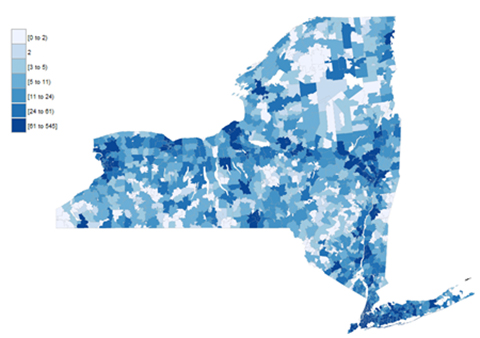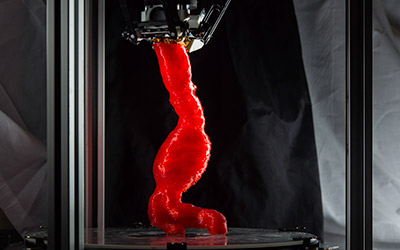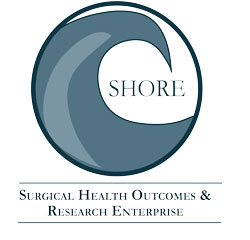Vascular Surgery Research
Comparative Effectiveness Research
CLI Incidence 2003-2013

Dr. Stoner is actively involved in CER and value-based research, which is the scientific cornerstone of creating a sustainable healthcare framework. Healthcare expenditure is quickly becoming the most significant factor in the already strained United States federal budget. Payment for the treatment of peripheral arterial disease (PAD) represents a significant amount of healthcare resource allocation. In 2007, the United States spent 151 billion dollars in direct and indirect costs for the treatment of 12 million beneficiaries with PAD. In this figure, we present a map displaying the incidence of critical limb ischemia (CLI) across New York State. Though there is some concentration within high population density areas, CLI incidence is relatively geographically varied. This has important implications on outcomes. Those patients that travel farther distances from rural areas to seek care at higher volume centers are more likely to avoid limb loss. Additionally, we find that for abdominal aortic aneurysm repair, care at higher volume centers is actually associated with lower cost. Hospital, surgeon, and patient characteristics can all make an impact on clinical outcomes and cost following aortic surgery. In our work, we explore how these factors can influence systemic aspects of care such as resource utilization and device selection and how this can alter patient care.
Cardiovascular Engineering Lab
The University of Rochester Medical Center Cardiovascular Engineering Lab (CVEL) involves a cross-disciplinary, multi-institutional team working towards solving cardiovascular problems using engineering principles. The cardiovascular system is governed by forces prevalent in engineering, and the team of clinicians and engineers work together on problems faced in the cardiovascular field which can be solved through the application of engineering.
The lab is currently focus on AAA (abdominal aortic aneurysmal) disease which causes an enlargement in the blood vessel of the abdomen, and can be fatal if the aneurysm ruptures. Currently the lab is conducting translation benchtop research and clinical trials, in an attempt to develop a novel ultrasound based imaging technique to provide patient specific individual risk of aortic rupture. The long term goal of the lab is to create novel diagnostic, therapeutic, and predictive devices and tools which have the ability to improve overall delivery of cardiovascular care for patients.

Aortic model used to simulate aortic rupture
SHORE


Utilizing the resources and expertise of the Clinical and Translational Science Institute (CTSI), the Surgical Health Outcomes & Research Enterprise (SHORE), and the Cancer Control Program, vascular surgery faculty and residents are able to work collaboratively with other members of the University of Rochester community to investigate physician decision making and clinical outcomes. Topics of exploration have included – procedural utilization and its relationship with reimbursement, access to care and resultant outcomes disparities, and the interplay between industry and physicians.
Using this multi-disciplinary approach, we hope to identify the most effective ways to organize, manage, finance, and deliver high quality care, while reducing medical errors, controlling costs, and improving patient safety. These goals are to transform the field of Health Services Research among surgical disciplines in an effort to improve the delivery of clinical care through collaborative comparative effectiveness research efforts and health technology development. In addition, through the development of research expertise a second mission is to establish a financially successful academic program of education, training and research output using novel models of resident education.